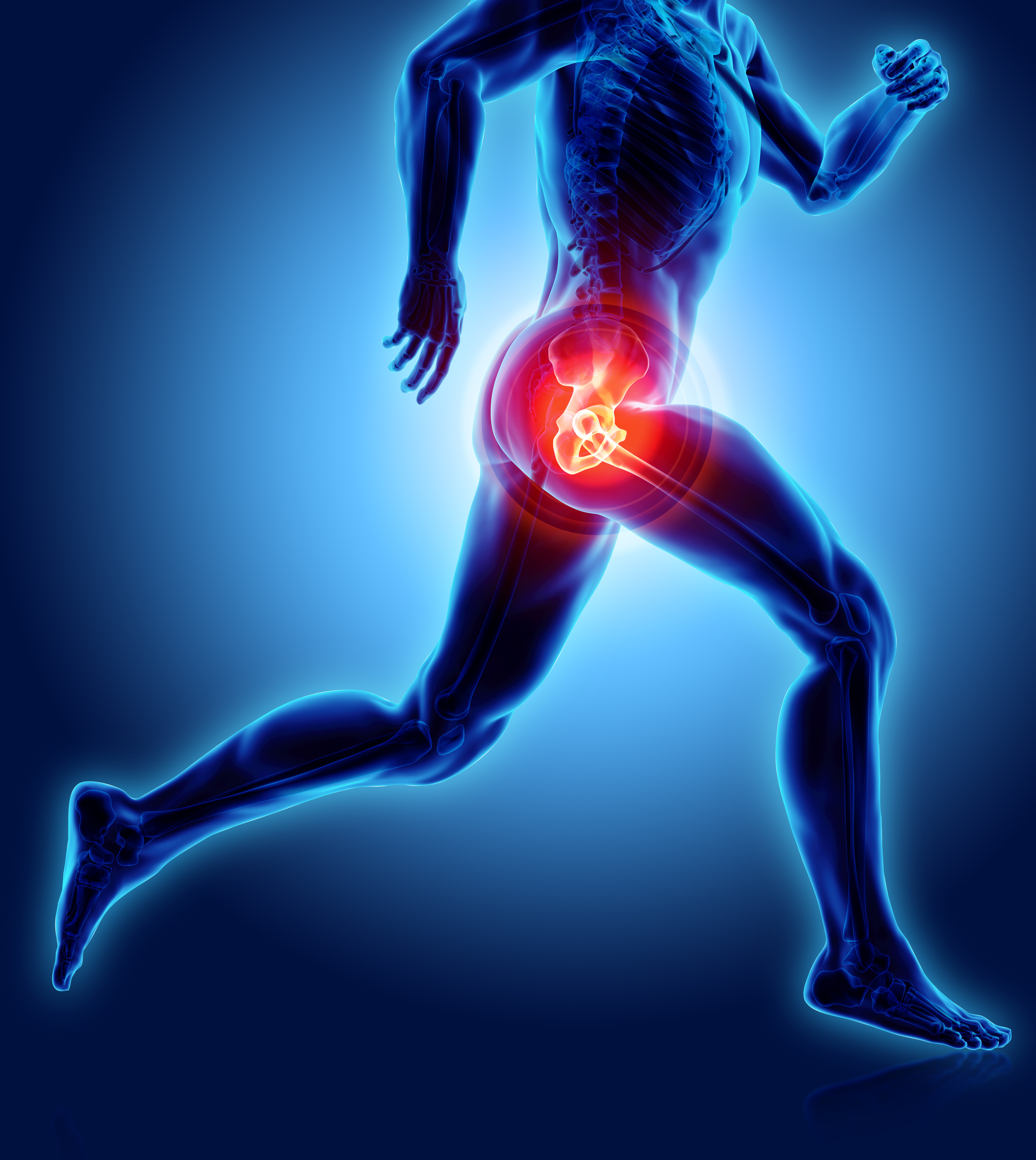Sport activity and symptoms in athletes with FAI syndrome
Health Valais

Femoroacetabular impingement syndrome (FAIS) is a triad of symptoms, clinical signs and imaging findings of cam or pincer morphologies (Griffin, Dickenson et al. 2016). In a random sample of the population, 3% had FAIS (Kopec, Hong et al. 2020). Athletes of different sports (i.e. ice-hockey or soccer) are at higher risk to show these morphologies and to suffer from hip symptoms (Nepple, Vigdorchik et al. 2015). Athletes practicing those sports during adolescence are at up to 8 times increased risk to develop a cam morphology (Nepple, Vigdorchik et al. 2015). Repetitive axial loading (i.e. jumping) and weight-bearing sports requiring high flexion in combination with rotational movements seem to favour cam development (Nepple, Vigdorchik et al. 2015, Agricola and Weinans 2016). It is known that some athletes with cam or pincer morphology develop symptoms, and others do not. By focusing on one athlete at a time it is possible to discover unique mechanisms in relation of symptoms and their development, that may not be obvious in larger groups. Thus, the aim of this self-controlled case series study is to know why some athletes develop symptoms and others do not, by identifying a causal association between sport intensity/volume, radiological signs, clinical test results and the new onset or the aggravation of symptoms in athletes with FAIS during one year.